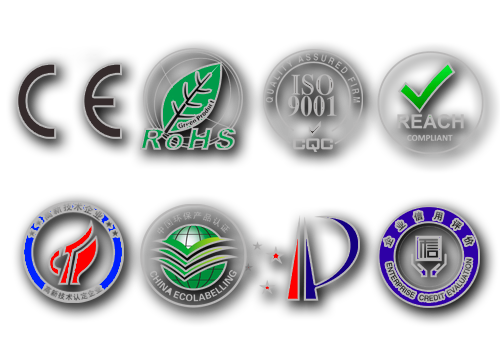How does the clean workbench in the laboratory work?
How does the clean workbench in the laboratory work?A clean workbench, also called an ultra-clean workbench, is an important purification equipment widely used in laboratories, bioengineering, pharmaceuticals, and other fields. Its cleanliness can often reach level 100 or even higher. Its design principle is to provide a clean and sterile working environment to ensure the accuracy of experimental results and the safety of the production process. The following will introduce the working principle and advantages of a clean workbench.First of all, the clean workbench uses environmentally friendly plates and stainless steel materials as the main structural materials, which have excellent corrosion resistance and high-temperature resistance. Stainless steel has a smooth surface, which is not easy to breed bacteria and microorganisms, and can effectively reduce cross-contamination and particle generation on the workbench. In addition, stainless steel materials are easy to clean and disinfect and can keep the clean workbench clean. Secondly, the clean workbench maintains a sterile environment in the work area through an efficient airflow system. The clean workbench is equipped with a high-efficiency filter that can filter out particles and microorganisms in the air to ensure that the air quality in the work area meets cleanliness requirements. At the same time, there is an exhaust system above the clean workbench, which can promptly discharge harmful gases and odors generated during work and keep the working environment fresh. This design principle can effectively prevent cross-infection during experiments and protect the health and safety of experimental personnel. In addition, the clean workbench also adopts a closed design, which has a good isolation effect. A sealed door is installed around the clean workbench, which can effectively block the entry of outside air and particles and maintain the cleanliness of the workspace. It is also equipped with ultraviolet lamps and ultraviolet sterilizers inside, which can conduct comprehensive ultraviolet disinfection of the work area and kill remaining microorganisms and bacteria. The design principle of a clean workbench can effectively improve the accuracy of experimental results and the quality stability of products. Through a clean working environment and efficient airflow system, the clean workbench can prevent external pollutants from interfering with the experimental process and ensure the authenticity and reliability of the experimental results. At the same time, the corrosion resistance and easy cleaning performance of stainless steel materials can ensure that the clean workbench can be used for a long time without damage. According to the different airflow modes of the clean workbench, its application areas are also different. There are two main types of clean workbench: one is a horizontal flow clean workbench, and the other is a vertical flow clean workbench. The horizontal flow workbench has low noise and moderate horizontal wind direction. It is mostly used in the electronics and optical industries. The vertical flow workbench is a top-blown system with excellent sterilization and dust-proof effects, so it is mostly used in bioengineering and other related fields. Through its unique design principle, the clean bench provides a clean, safe, and reliable working environment for laboratories, bioengineering, and pharmaceutical industries. Its application can effectively ensure the accuracy of experimental results and the stability of product quality and plays an important role in scientific research and production. |

 German
German French
French Italian
Italian Portuguese
Portuguese Japanese
Japanese Korrean
Korrean Russian
Russian




